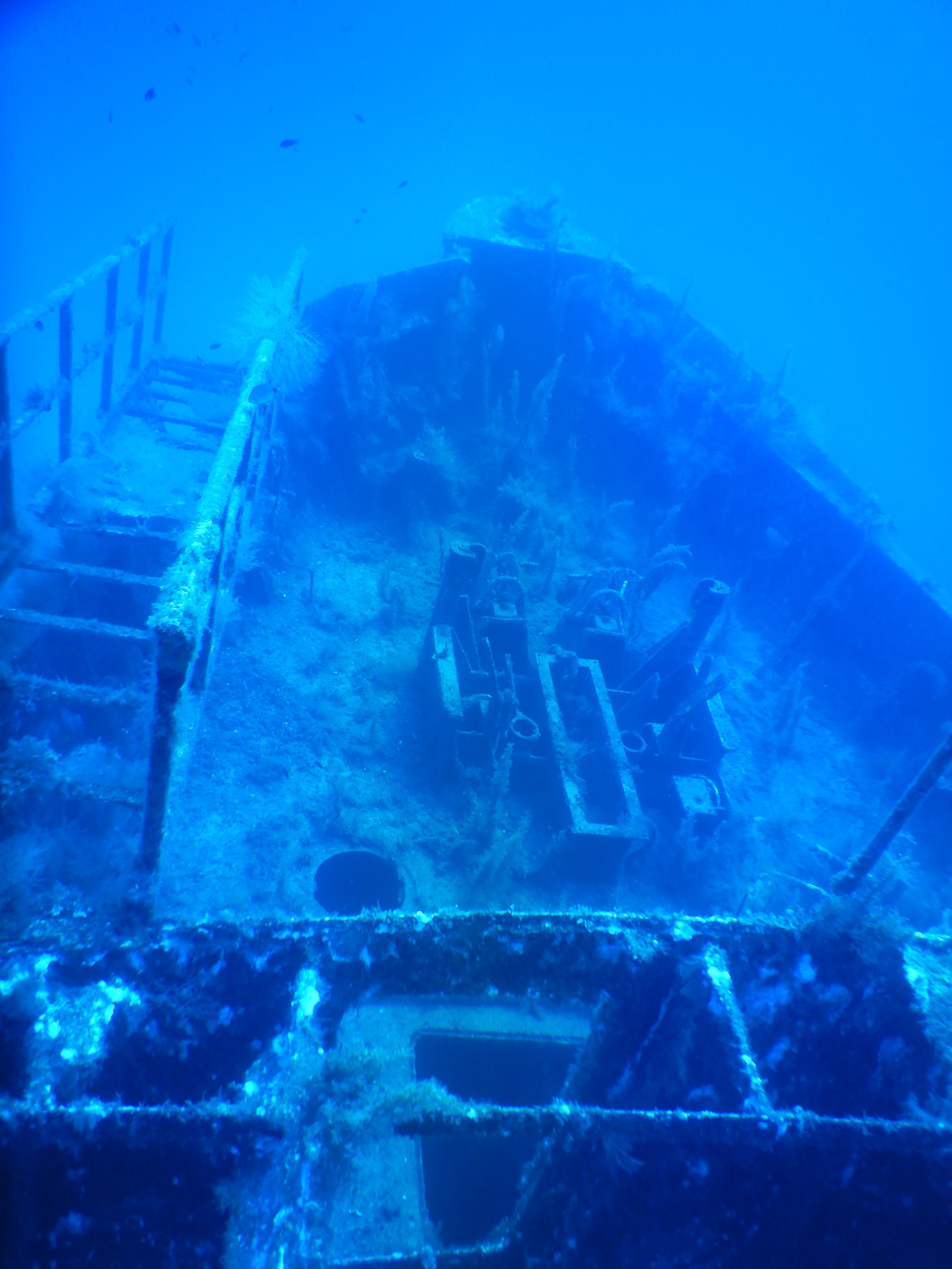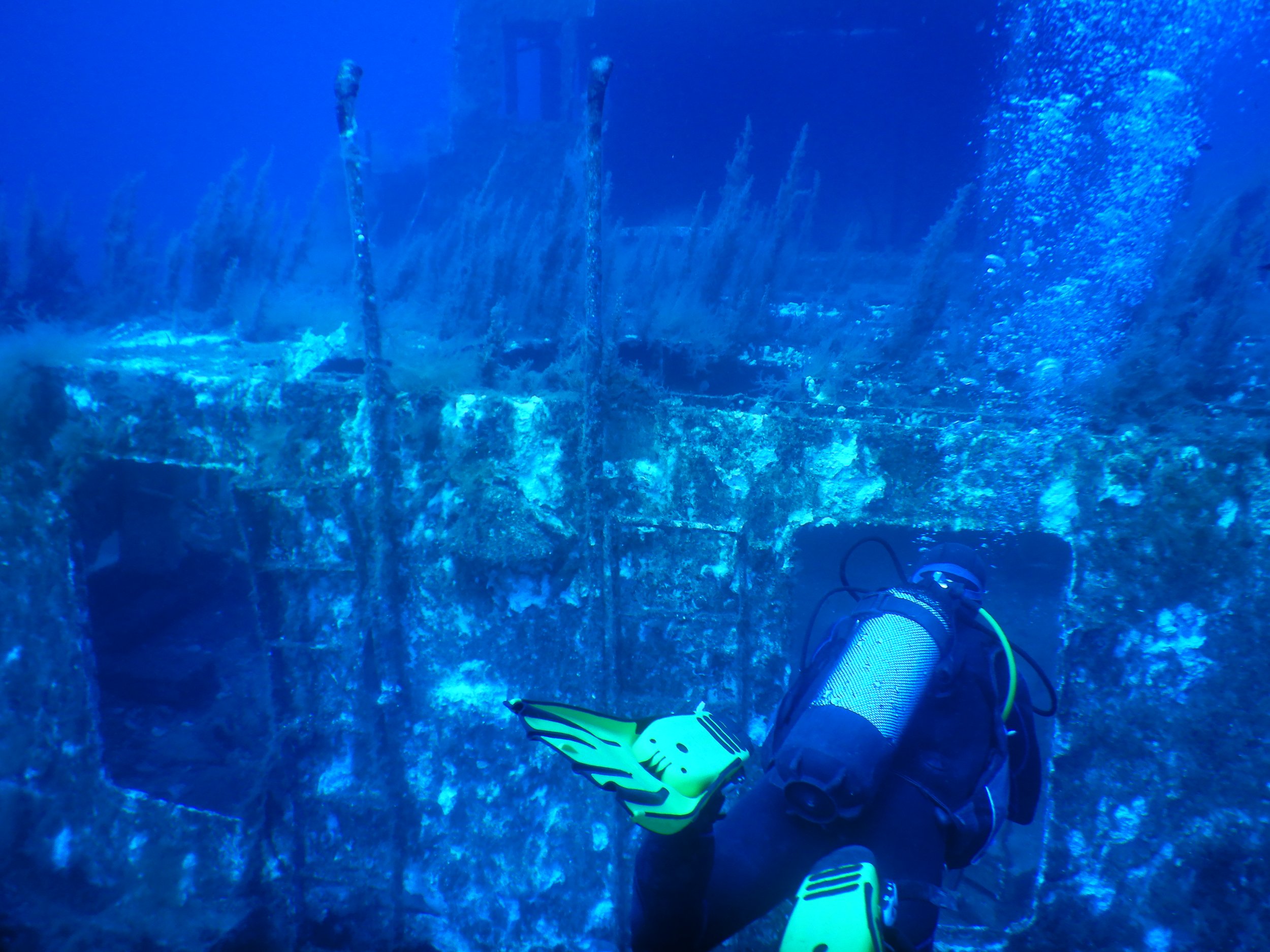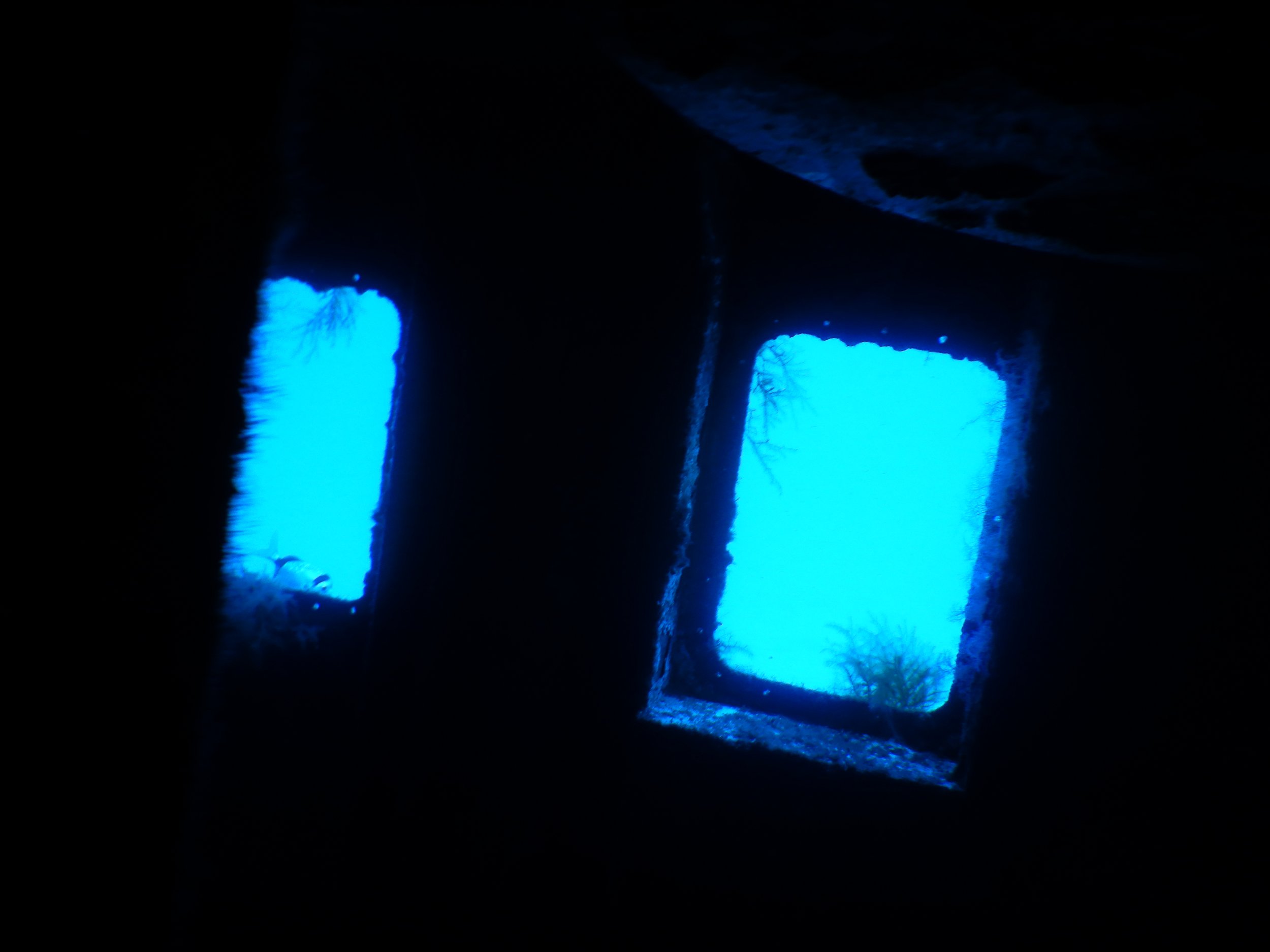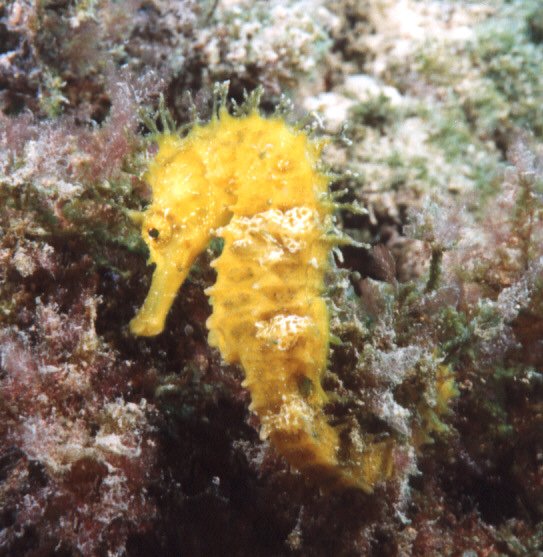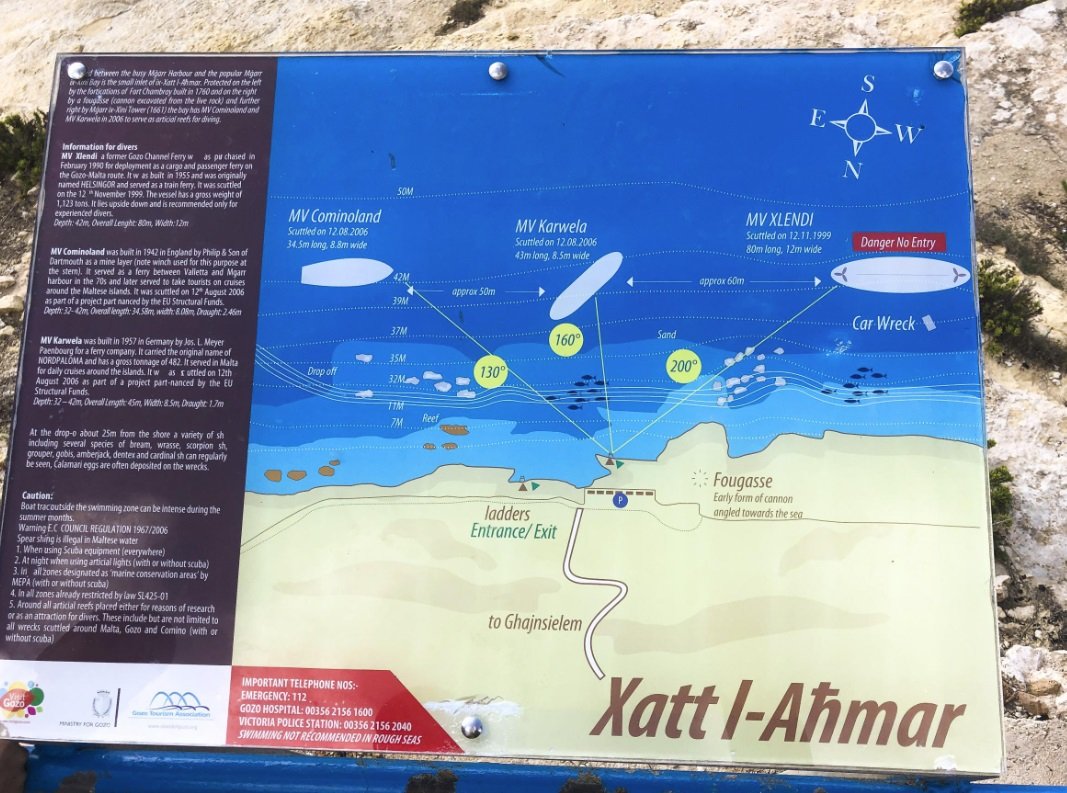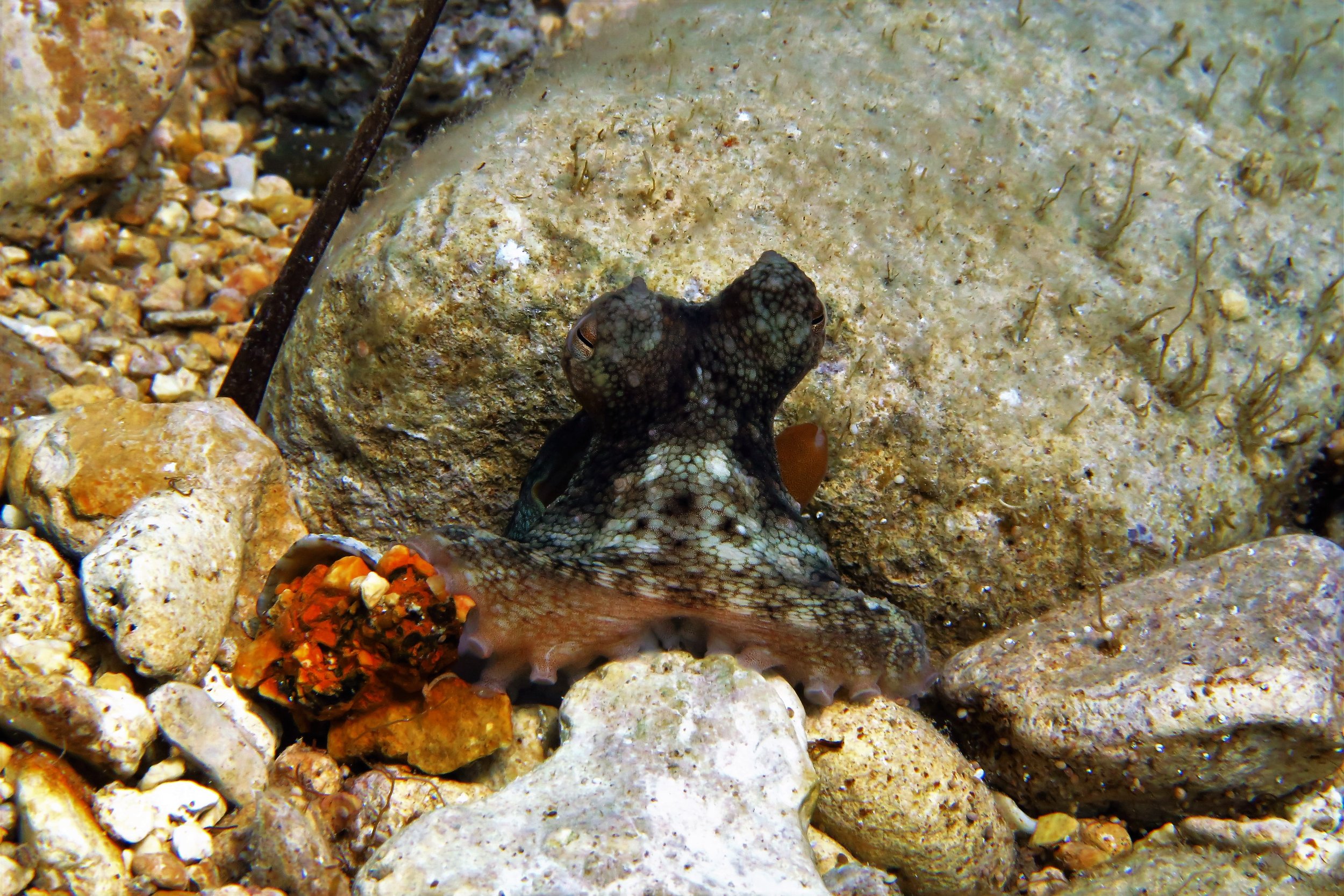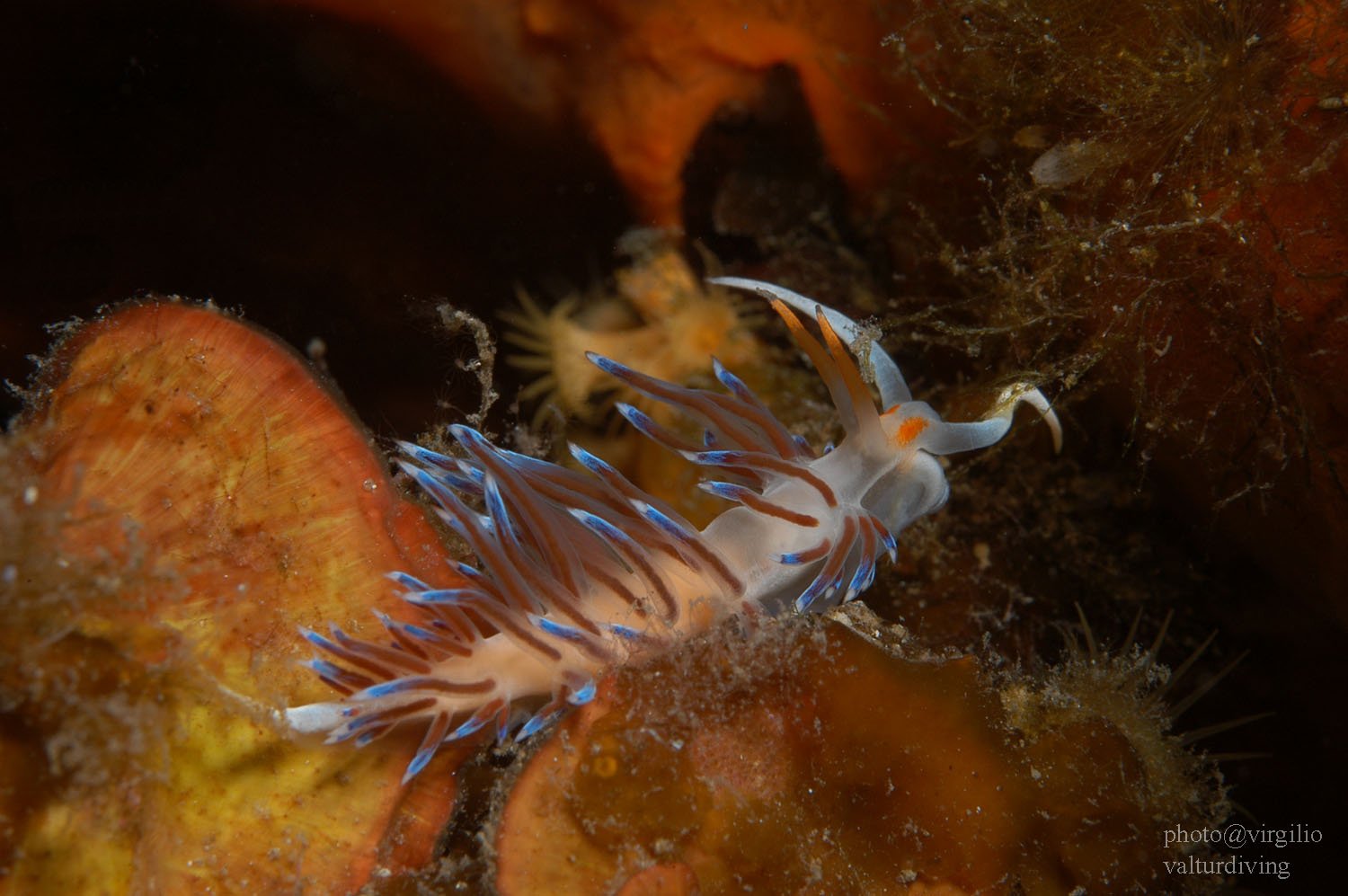Gozo’s Top Dive Sites: The MV Karwela
Malta is known as a paradise for wreck divers. There are a huge number of both historic and artificial wrecks in Maltese waters. One of the most popular, certainly on the island of Gozo, is the MV Karwela.
The 50m long Karwela was scuttled for divers as an artificial reef in 2006, along with the MV Cominoland, near Xatt l-Ahmar on Gozo’s stunning south coast. It is now arguably the most popular of the 4 wrecks that line this part of the coastline.
When in service the Karwela was a passenger ferry, touring the Maltese archipelago. It now lies upright on the sandy bottom at a maximum depth of 42m. Due to the wrecks easy access, close proximity to the dive entry point and very convenient natural areas for decompression, it is a highly requested dive site for anyone with a lust for rust.
The dive is also a relatively easy one. As the wreck is artificial it means that penetration is safe and divers are always within close reach of an easy exit point. The crystal clear, calm water of the Mediterranean also make this a great dive for those looking to make their first steps into deeper dives and wreck diving in general. However, there is still plenty for more hardened wreck lovers to enjoy here, with the famous staircase making for incredible photography opportunities.
The dive itself starts with an easy entrance from a small ladder. Those visiting the site will also enjoy the dedicated preparation area for divers, making donning equipment easy and convenient.
Once in the water you will descend onto a shallow plateau which ranges from 3-4m at its most shallow point, to around 10m before the bottom drops off.
The wrecks are marked with buoys, so surface swimming out to the buoy and descending on the line is also an option, although a less popular one.
Personally, I love to spend a little time on the plateau, looking for some nice creatures as you settle into the dive. After a minute or 2 you can head out to the drop off, following a 160 degree compass bearing (or swimming straight out from the crack), then swim out into the blue towards the wreck. I like to keep a depth of 10m, more or less, on the way out. This saves on air and no-deco time.
Once you see the shadowy silhouette of the wreck lurking below, it is time to descent, freefalling gracefully onto the deck of the wreck.
The top of the wreck sits at around 30m, with the deepest point, the prop, at 42. I usually enter through a large doorway at the bow side of the wreck, which allows you to penetrate the main level. This level would take you to a max depth of around 38m at the back. More experienced wreck divers can access the engine room should they wish, or descend further down the second staircase.
Most divers will explore this room for a while, looking for moray and crustaceans, while enjoying the atmosphere and light inside the wreck.
Then you are able to ascend the famous staircase. The light streaming from the doors above is beautiful and incredibly popular with photographers.
Upon climbing the steps you can explore the top part of the wreck, captain’s area, and mast. Nudibranchs are often found here, so keep your eyes open for the smaller critters.
It is important to be conscious of your air consumption and no-deco time (should you be making a no-stop dive) due to the depth.
On reaching your turn pressure it is a gentle swim back to the wall, ascending as you do. You should also have plenty of time to explore the rocky wall on the way back to the exit point, with Octopus, Cuttlefish, Moray and a wide range of reef fish all common sightings.
This is also an extremely safe profile, as you can spend as long as needed on the plateau, making for a really enjoyable decompression stop.
It really is a great wreck dive. It is an easy and safe introduction to wreck and deep diving, with very forgiving conditions most of the time. It also offers a lot of captivating features for more experienced divers.
Get in touch to organise your next dive trip and visit this magical dive site!

